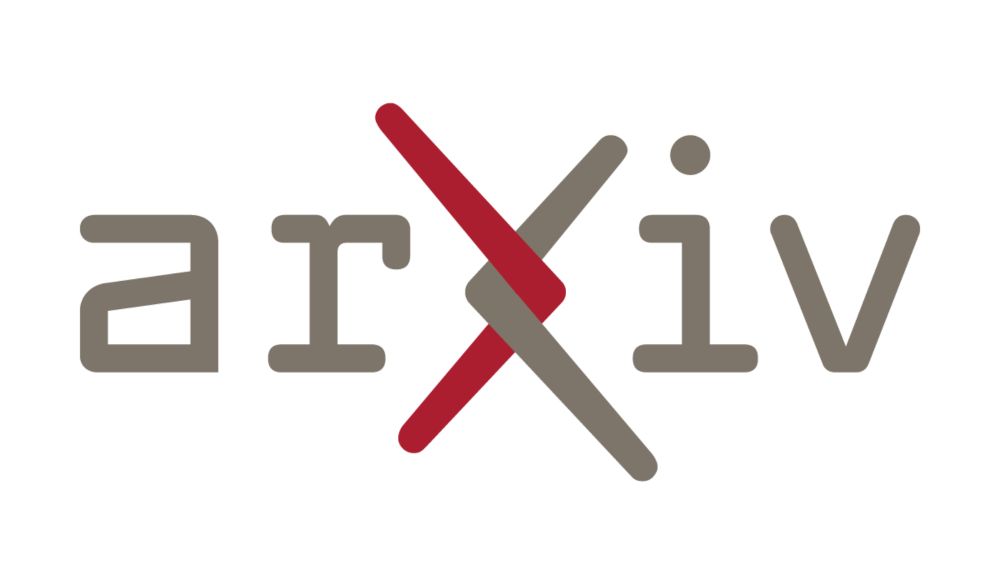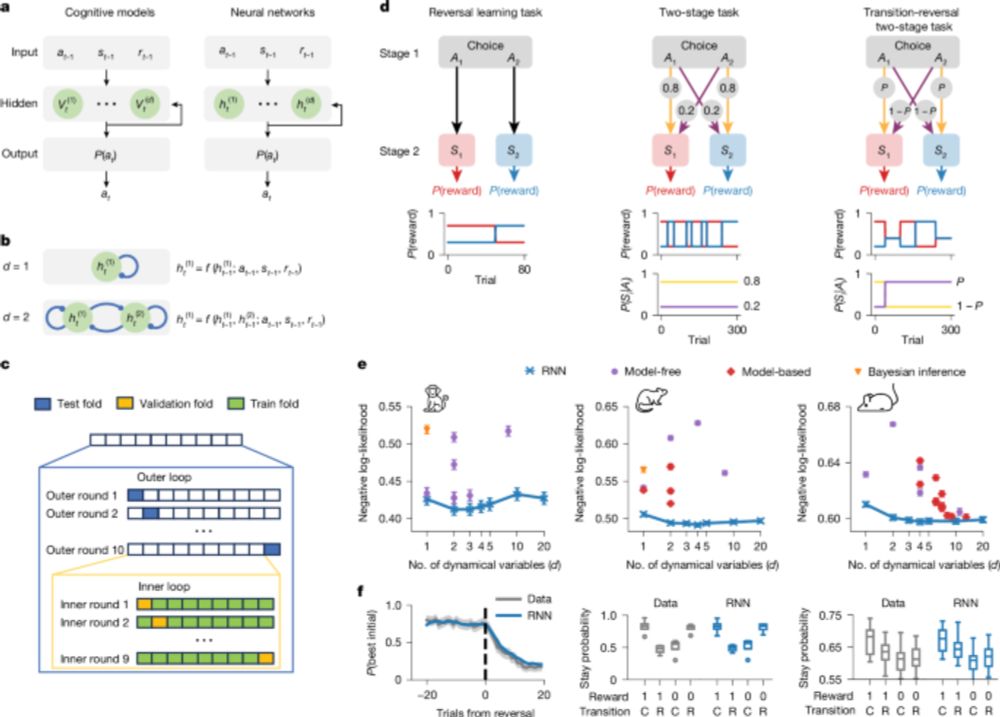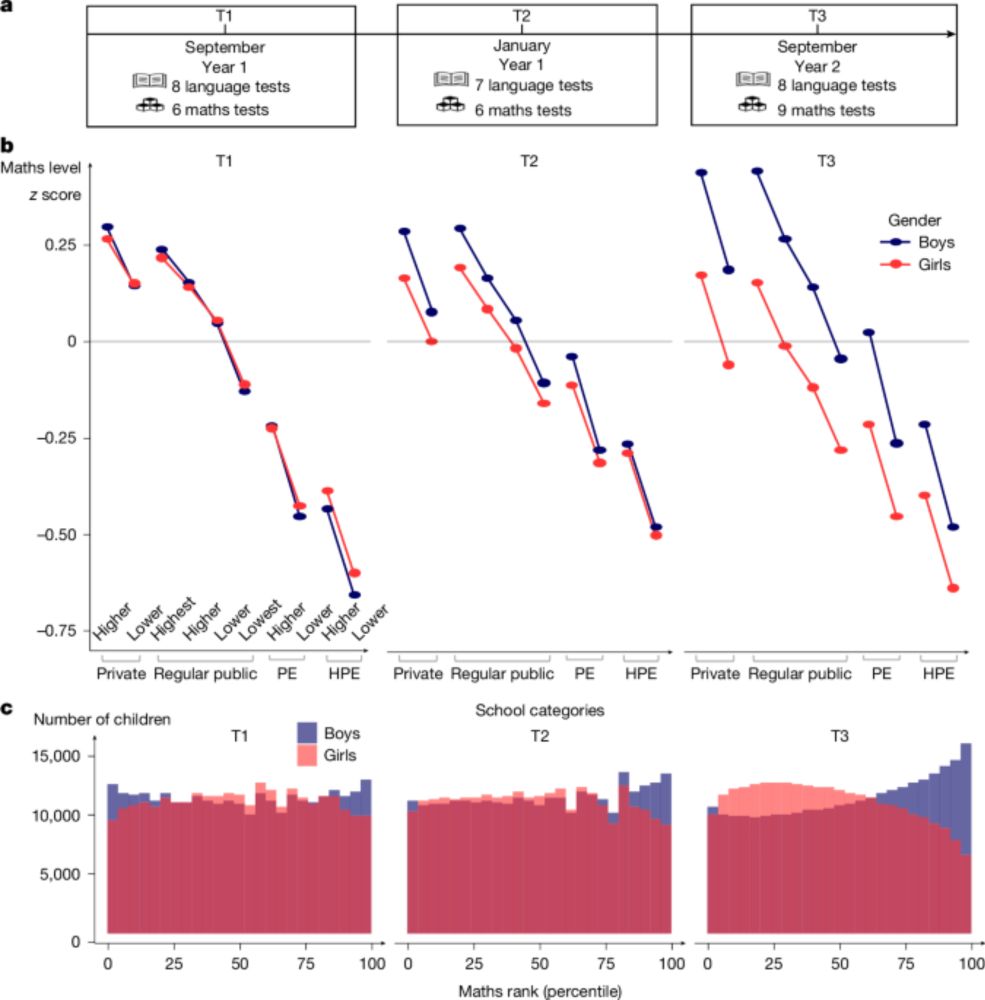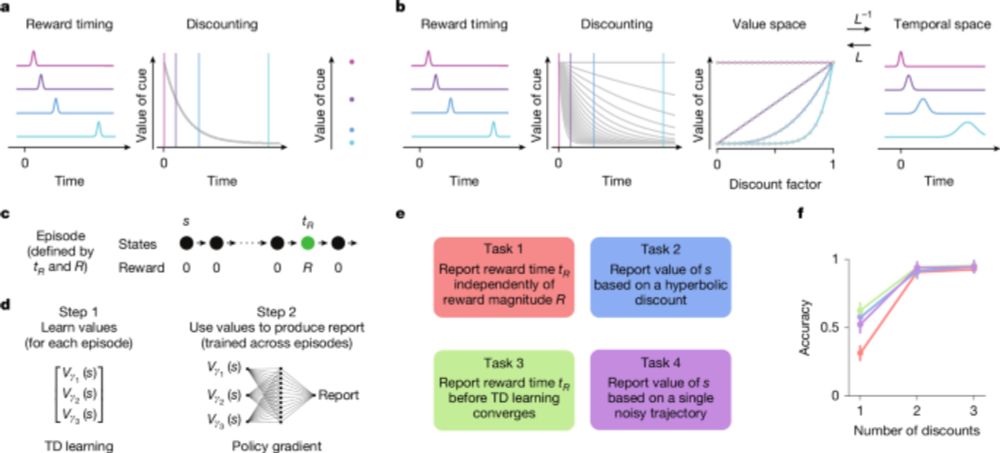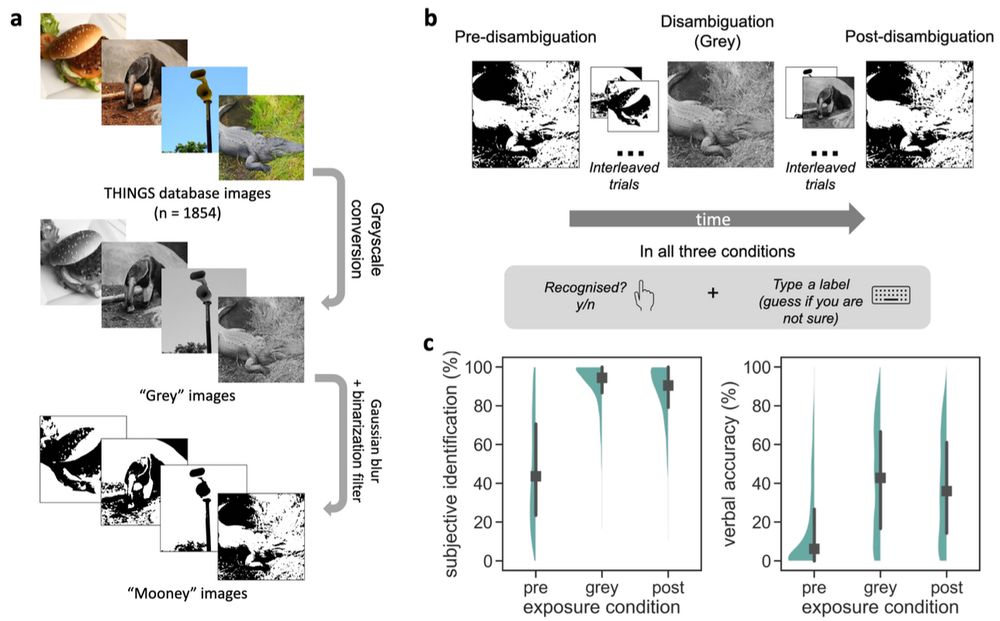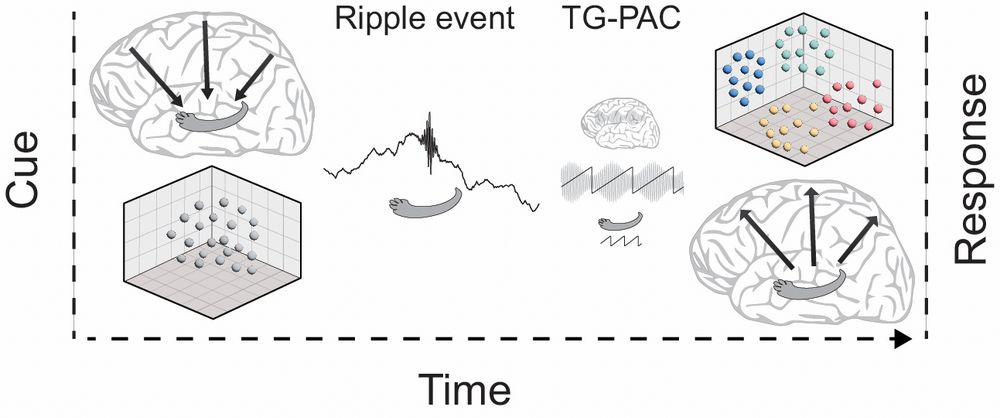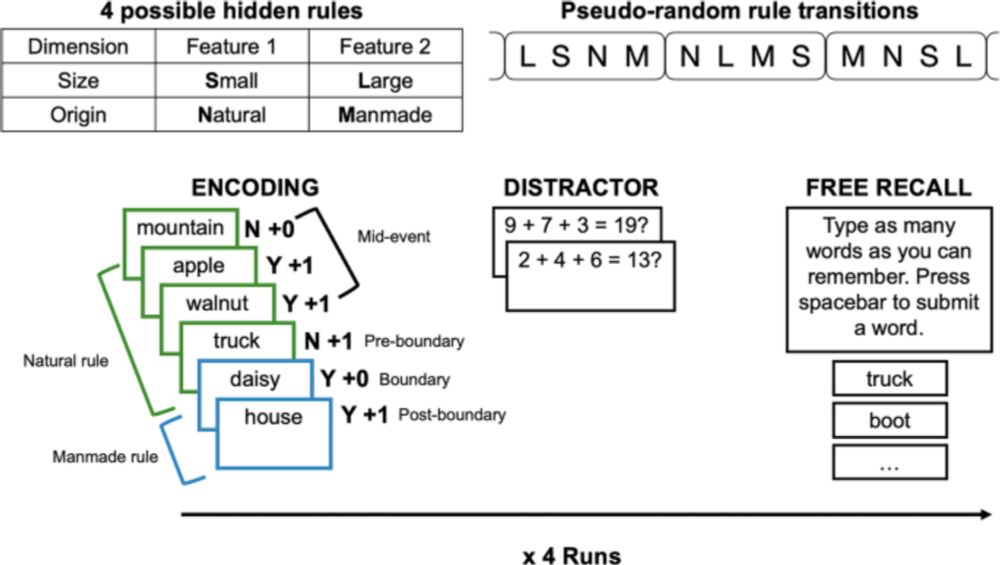Soroush Mirjalili
@soroushmirjalili.bsky.social
230 followers
210 following
22 posts
Postdoc in the Kuhl Lab at the University of Oregon, PhD from UT Austin. Episodic Memory | Computational Neuroscience | Cognitive Neuroscience | Machine Learning. 🌿 -> 🐝 -> 🐂 -> 🦆, he/him
soroushmirjalili.com
Posts
Media
Videos
Starter Packs
Reposted by Soroush Mirjalili
Reposted by Soroush Mirjalili
Reposted by Soroush Mirjalili
Reposted by Soroush Mirjalili
Matthias Nau
@matthiasnau.bsky.social
· Aug 25

Neural and behavioral reinstatement jointly reflect retrieval of narrative events - Nature Communications
When people recall a movie, their eye movements and brain activity resemble those observed during the viewing. These behavioral and neural reactivations are linked through a common process, likely ref...
doi.org
Reposted by Soroush Mirjalili
Lexi Decker
@lexidecker.bsky.social
· Jul 31
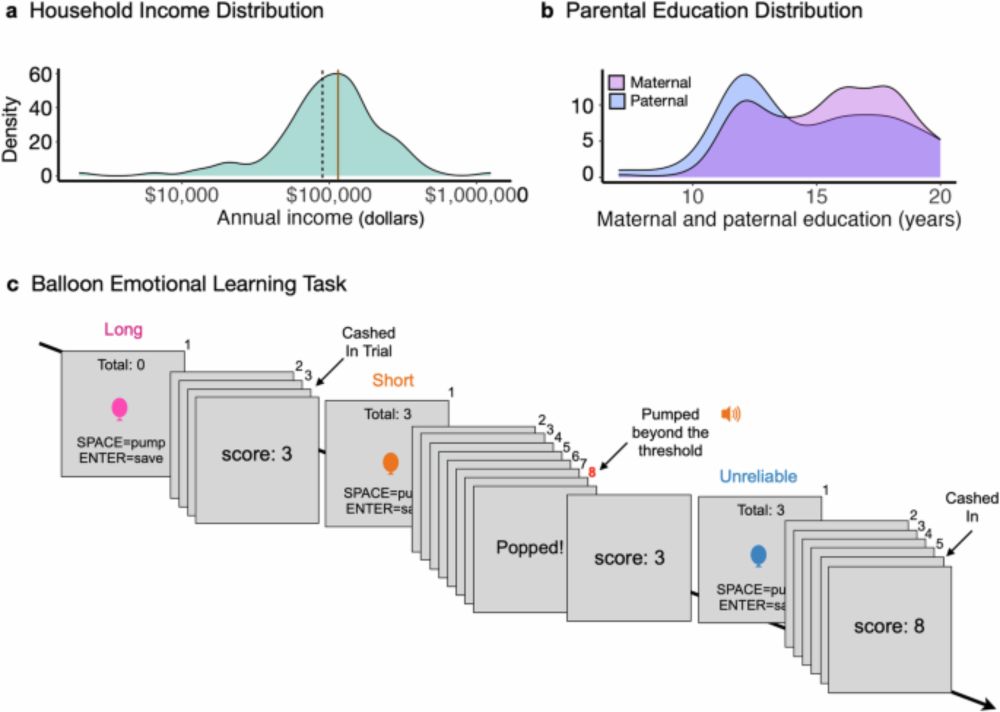
Exploration is associated with socioeconomic disparities in learning and academic achievement in adolescence - Nature Communications
Children from lower socioeconomic backgrounds often show lower academic achievement, commonly linked to limited resources. Here, the authors show that reduced exploration–a behavior tuned for learning...
www.nature.com
Reposted by Soroush Mirjalili
Jason Climer
@jrclimer.bsky.social
· Jul 23

Hippocampal representations drift in stable multisensory environments - Nature
Tracking of individual place cells in mouse CA1 shows that representational drift is not influenced by changes in environment or behaviour, and is lower for more excitable place cells.
www.nature.com
Reposted by Soroush Mirjalili
Audrey Duarte
@audreyduarte.bsky.social
· Jul 18

Emotional Arousal‐Induced Episodic Memory Benefits Are Attenuated in Autism Spectrum Disorders, Especially in Older Age
Autism Spectrum Disorder (ASD) is a common neurodevelopmental disorder associated with episodic memory impairment. Although emotional factors such as arousal, as well as age and depression symptoms, ...
onlinelibrary.wiley.com
Reposted by Soroush Mirjalili
Marta Silva
@martamasilva.bsky.social
· Jul 1
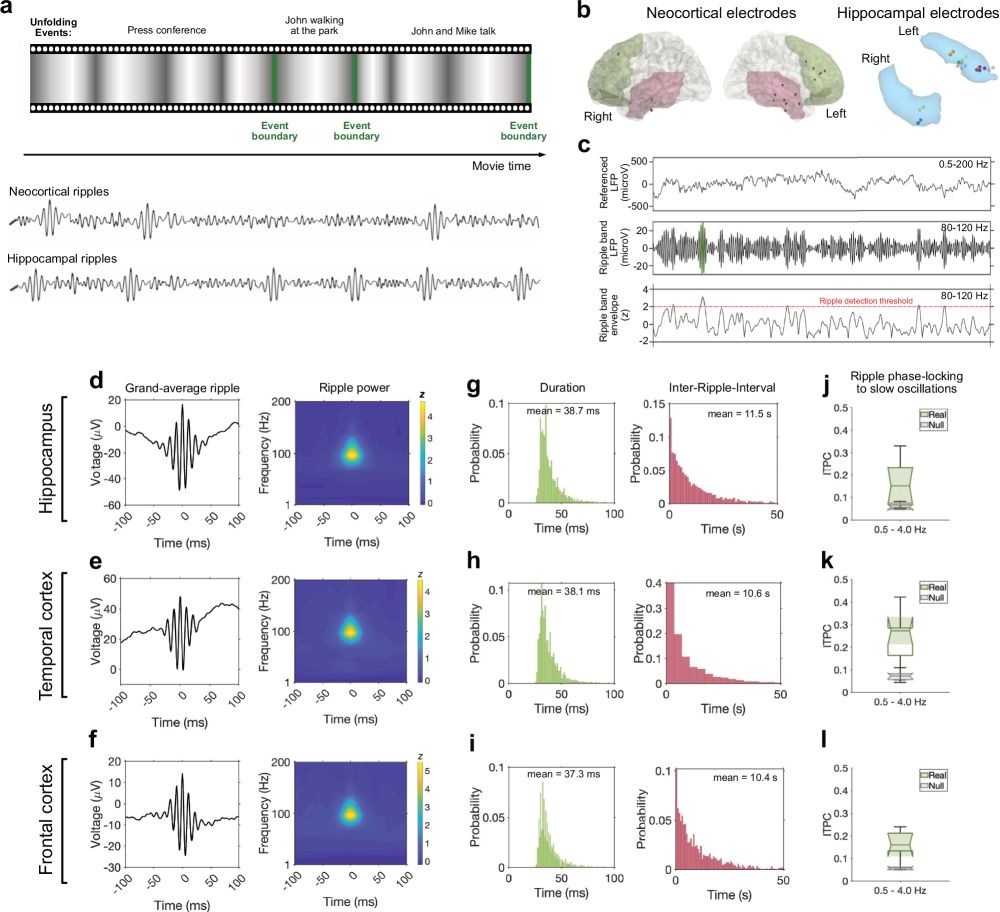
Movie-watching evokes ripple-like activity within events and at event boundaries
Nature Communications - The neural processes involved in memory formation for realistic experiences remain poorly understood. Here, the authors found that ripple-like activity in the human...
rdcu.be
Reposted by Soroush Mirjalili
Reposted by Soroush Mirjalili
Reposted by Soroush Mirjalili
David Clewett
@davidclewett.bsky.social
· May 19

Dopaminergic processes predict temporal distortions in event memory
Our memories do not simply keep time - they warp it, bending the past to fit the structure of our experiences. For example, people tend to remember items as occurring farther apart in time if they spa...
www.biorxiv.org
Reposted by Soroush Mirjalili
Paul Frankland
@franklandlab.bsky.social
· May 14
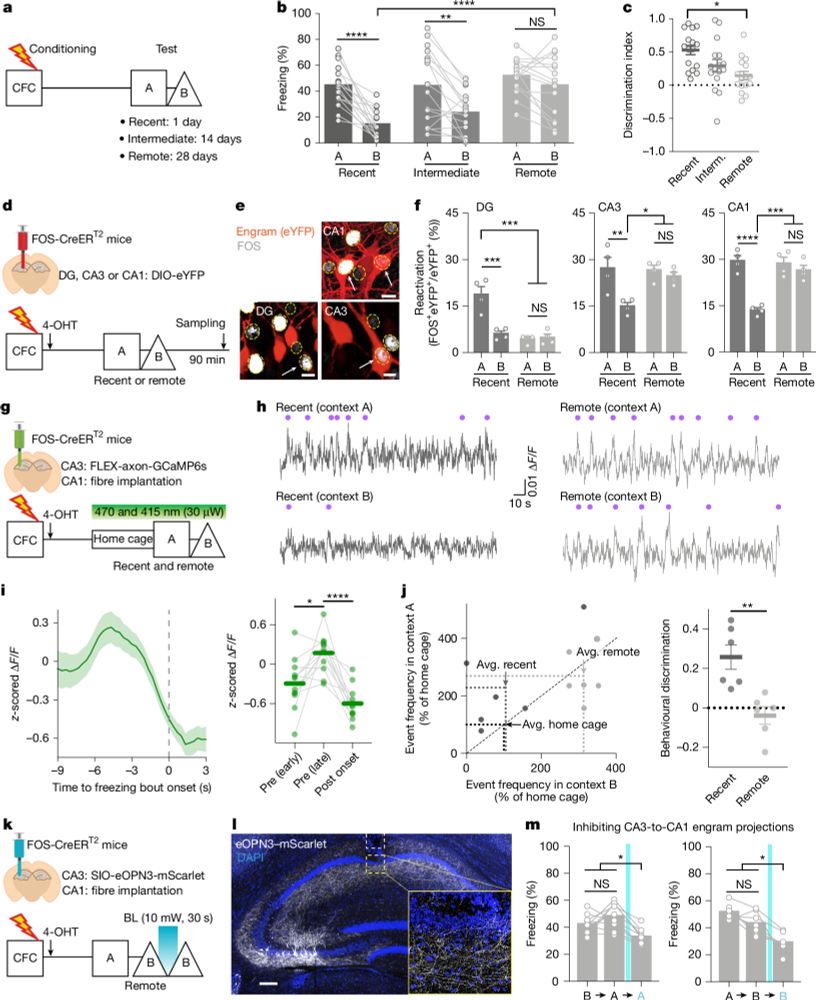
Systems consolidation reorganizes hippocampal engram circuitry
Nature - A study shows that loss of memory precision associated with systems consolidation can be explained by neurogenesis-dependent reorganization of engram circuitry within the hippocampus over...
rdcu.be
Reposted by Soroush Mirjalili
Joel Voss
@vosstacular.bsky.social
· May 2
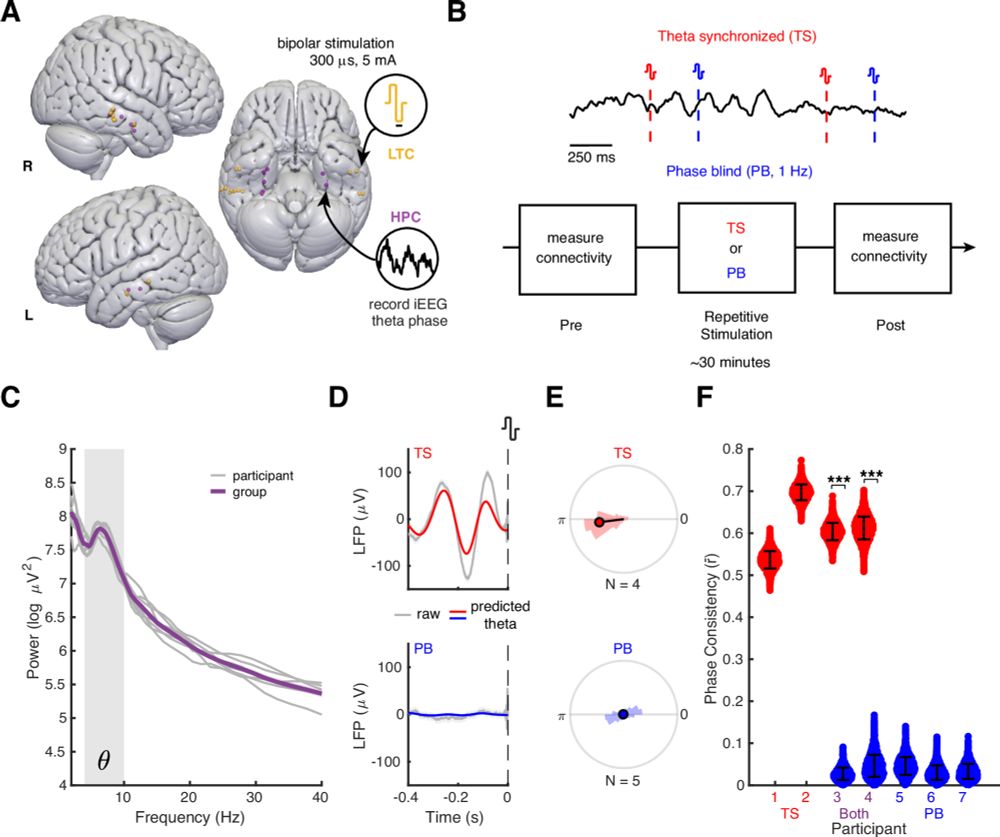
Closed-loop control of theta oscillations enhances human hippocampal network connectivity
Nature Communications - Closed-loop brain stimulation of the human hippocampal theta rhythm produces lasting enhancement of network communication. This implicates theta rhythms in human hippocampal...
rdcu.be
Reposted by Soroush Mirjalili
Reposted by Soroush Mirjalili
Zach Reagh
@zreagh.bsky.social
· Apr 28



